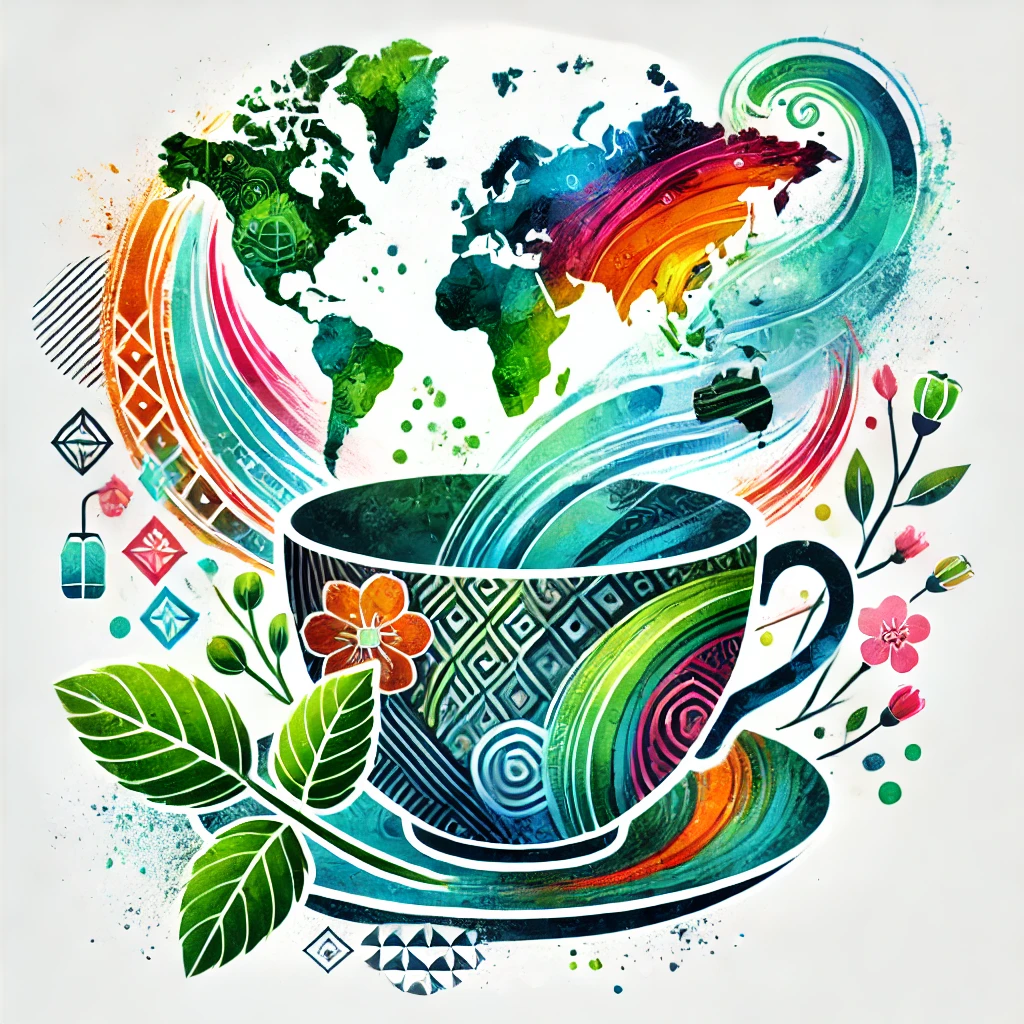Tea Knowledge
Tea Ceremonies Explained
Tea ceremonies are not merely about drinking tea; they are profound rituals that celebrate harmony, respect, purity, and tranquility. Originating from China and later refined in Japan, Korea, and other parts of Asia, these ceremonies offer a moment of mindfulness and cultural appreciation. The Japanese tea ceremony, or "chanoyu," emphasizes the aesthetics of preparation and presentation, with every movement carefully choreographed to express grace and intention.
In contrast, the Chinese "gongfu cha" ceremony focuses on the art of brewing tea with great skill, using small teapots and multiple infusions to extract delicate flavors. Meanwhile, in Korea, "darye" is a more relaxed and familial tea practice that prioritizes ease and natural flow. Each ceremony, regardless of its origin, serves as a bridge between nature and human presence, reminding participants of the deep connection between the earth and the spirit.
Types of Tea
Tea is derived from the leaves of the *Camellia sinensis* plant, yet the variety of teas available is astonishing. The most common types include green, black, white, oolong, and pu-erh tea, each with unique processing methods and flavor profiles. Green tea is minimally oxidized, preserving its vibrant color and fresh, grassy notes, while black tea undergoes full oxidation, resulting in bold flavors and rich aromas.
White tea is the least processed, consisting of young leaves and buds that are simply dried, offering a delicate and subtly sweet experience. Oolong tea sits between green and black tea in terms of oxidation, delivering a complex balance of floral and fruity flavors. Pu-erh tea, a fermented variety from China's Yunnan province, is prized for its earthy depth and reputed health benefits that evolve over time.
Tea History Timeline
The story of tea spans thousands of years, beginning in ancient China around 2737 BCE. According to legend, Emperor Shen Nong discovered tea when leaves from a wild tree drifted into his pot of boiling water. The beverage quickly gained popularity, not only for its refreshing taste but also for its perceived medicinal properties. By the Tang Dynasty (618–907 CE), tea had become an integral part of Chinese culture and daily life.
Tea spread along trade routes to Japan, where Zen Buddhist monks embraced it for its calming effects during meditation. During the 17th century, European traders introduced tea to the West, sparking a cultural phenomenon that continues today. The British tradition of afternoon tea emerged in the 1800s, while global tea cultivation expanded to India and Sri Lanka, establishing some of the world's most famous tea estates.
Teaware Around the World
Teaware varies dramatically across cultures, reflecting local customs and artistic expressions. In China, porcelain gaiwans and clay Yixing teapots are cherished for their ability to enhance the flavor of tea over time. Japanese teaware, including rustic raku bowls and elegant cast iron kettles, embodies the principles of wabi-sabi—finding beauty in imperfection and simplicity.
In Britain, fine bone china teacups and ornate silver teapots have long been symbols of refinement and social status. Meanwhile, Moroccan tea culture features intricately engraved metal teapots and colorful glasses, used to serve sweetened green tea infused with fresh mint. Each piece of teaware tells a story, carrying with it the history and character of the region from which it originates.
Glossary of Tea Terms
Understanding the language of tea enriches the experience of every sip. Terms like "oxidation" describe the natural process where tea leaves react with oxygen, altering their flavor and color. "Tannin" refers to the astringent compounds found in tea that contribute to its briskness and body. "Umami," often associated with green teas, is the savory taste that adds depth to the brew.
Other essential terms include "flush," indicating the harvest season of tea leaves, and "cupping," the professional method of evaluating tea quality. "Steeping" is the act of brewing tea leaves in hot water, and the recommended time and temperature vary depending on the type of tea. Mastery of these terms allows both novices and connoisseurs to navigate the vast world of tea with greater confidence and appreciation.
Tea and Health
Tea has long been celebrated for its health benefits, supported by both tradition and modern science. Rich in antioxidants like catechins and polyphenols, tea helps combat oxidative stress and supports overall well-being. Green tea, in particular, is noted for its potential to boost metabolism, aid in weight management, and enhance cognitive function.
Black tea contains theaflavins, which contribute to heart health by improving cholesterol levels and blood pressure. Herbal teas, though not derived from *Camellia sinensis*, offer their own wellness properties, such as chamomile for relaxation and ginger tea for digestive comfort. Regular tea consumption, as part of a balanced lifestyle, can provide moments of calm and nourishment throughout the day.
The Enduring Connection Between Tea and Culture
Tea continues to weave its way through cultures worldwide, maintaining its status as both a daily comfort and a ceremonial treasure. From the serene teahouses of Kyoto to the bustling tea markets of Kolkata, the universal appeal of tea unites people across continents and generations. It transcends language barriers, offering a shared ritual that invites reflection, conversation, and community.
As new trends emerge, such as artisanal blends and innovative brewing techniques, tea remains deeply rooted in its ancient traditions. Enthusiasts and newcomers alike are drawn to its versatility and depth, discovering new favorites while honoring time-honored practices. Whether enjoyed in solitude or shared among friends, tea offers a timeless experience that celebrates the beauty of the moment.
